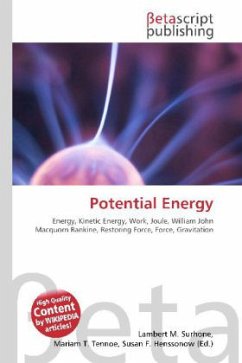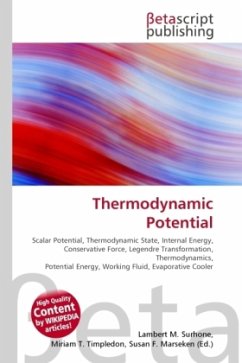High Quality Content by WIKIPEDIA articles! Zeta potential titration is a titration of heterogeneous systems, such as colloids, emulsions, etc. Solids in such systems have very high surface area. This type of titration is used to study the zeta potential of these surfaces under different conditions. The Iso-electric point is one such property. The iso-electric point is the pH value at which the zeta potential is approximately zero. At a pH near the iso-electric point (± 2 pH units), colloids are usually unstable; the particles tend to coagulate or flocculate. Such titrations use acids or bases as titration reagents. Tables of iso-electric points for different materials are available. The attached figure illustrates results of such titrations for concentrated dispersions of alumina (4% v/v) and rutile (7% v/v). It is seen that iso-electric point of alumina is around pH 9.3, whereas for rutile it is around pH 4. Alumina is unstable in the pH range from 7 to 11. Rutile is unstable in the pH range from 2 to 6.
Bitte wählen Sie Ihr Anliegen aus.
Rechnungen
Retourenschein anfordern
Bestellstatus
Storno








